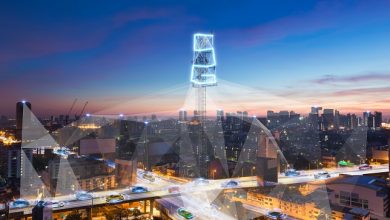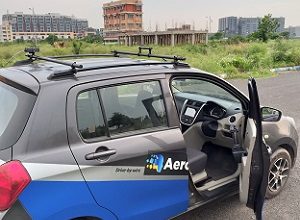How technologies used in autonomous vehicles can mitigate the COVID situation
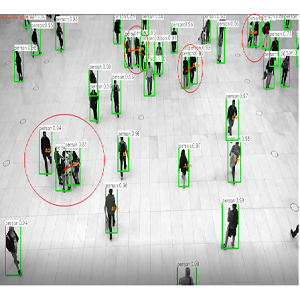
COVID-19, one of the worst pandemic to hit humanity in the last century, has changed the ways of our lives, disrupted Global Supply chains, put a grinding halt to many economies, and most importantly has led to tremendous loss of lives. It also exposed how underprepared our current systems are to handle a pandemic at this scale and every day the virus is claiming lives at an accelerating pace. There is no treatment protocol and until a vaccine is discovered and is successful in clinical trials and deemed fit for widespread commercial distribution, the primary way to combat the situation is through Mitigation and Prevention.
Tremendous effort has been put by researchers across the world to stop the pandemic through cutting edge medical research combining the use of AI in areas such as Drug Discovery, Diagnosis and Detection using Medical Imaging and using the Data Analytics for Contact Tracing to track and trace sick patients. While great minds are at work to solve the problem, frontline workers in hospitals and law enforcement agencies are risking their lives to control the pandemic to the extent possible, the least that we can do from our end is to ensure Social Distancing, wearing Protective Mask and Maintaining Hygiene.
Observing Social Distancing principles at Public places, wearing Personal Protective Masks, and following Hygiene through proper handwashing techniques can prevent the spread of the disease. It is easier said than done. Humans are after all a social animal and getting adjusted to this new norm may be counter-intuitive to the very human nature. Enforcing these new norms is against human nature, adjusting to the new norm takes extraordinary commitment and Hawkeye monitoring. This where maybe technology can help us, to detect, monitor, and alert us if we are violating any of the prevention measures described above.
Autonomous Vehicle has a robust perception system that consists of multiple Cameras, Lidars, and HD Maps to make sense of the surrounding. One of the tasks that are routinely performed by Autonomous Vehicles is to Detect, Classify and Track objects such as Vehicles, Pedestrians, Lane markings, static and moving objects, traffic lights, and traffic signage. These tasks are done in real-time at an incredible speed and high accuracy and the Autonomous Vehicle achieves this feat by using Deep Learning Models that are trained on huge volumes of Dataset.
For these perception algorithms to work effectively, it needs to be trained with a steady influx of high-quality annotated or labeled data which is done through a process known as “Data Annotation” which is essentially tagging and classifying objects in a given frame. The Data Annotation is done through various types of Annotations such as Classification and Localization using a 2D Bounding box, Semantic Segmentation, Instance Segmentation, or even 3D cuboids and Lidar Annotations.
We have been pondering how we can leverage this technology used in Autonomous Vehicle to mitigate the COVID situation. We observe that the cameras used in AV are somewhat analogous to what we find in CCTV cameras or a webcam (though what we use in Autonomous Vehicles are much robust and are of industrial grade) but at the core, it’s a computer vision problem that we could solve leveraging the Data Annotation and Deep Learning. We propose 3 Proof of Concepts that can provide high impact to contain the spread of the virus and can be integrated into the existing infrastructure within a short timeframe.
1. Social Distancing Violation Detector:
Social Distancing is one of the most effective control mechanisms and is recommended by WHO and other leading organizations at the forefront of the battle. The rules are simple, maintain a distance of at least 2m between you and the next person. Statistics say that if you do not follow the rule, a single person (without knowing being infected already) can spread to several hundreds of people. Social Distancing is hard to enforce, especially in a country with more than a hundred crore people. It could be a serious issue, that would require monitoring in addition to the commitment. Though the Commitment is on us, monitoring can be done by AI. Consider deploying a perception based deep learning algorithms on Surveillance drones, CCTV cams, that can scan an entire area and monitor any violation in real-time and provide an alert in the form of an alarm. This information can be used to calculate the Social Distancing Index and will help law enforcers strategize better.
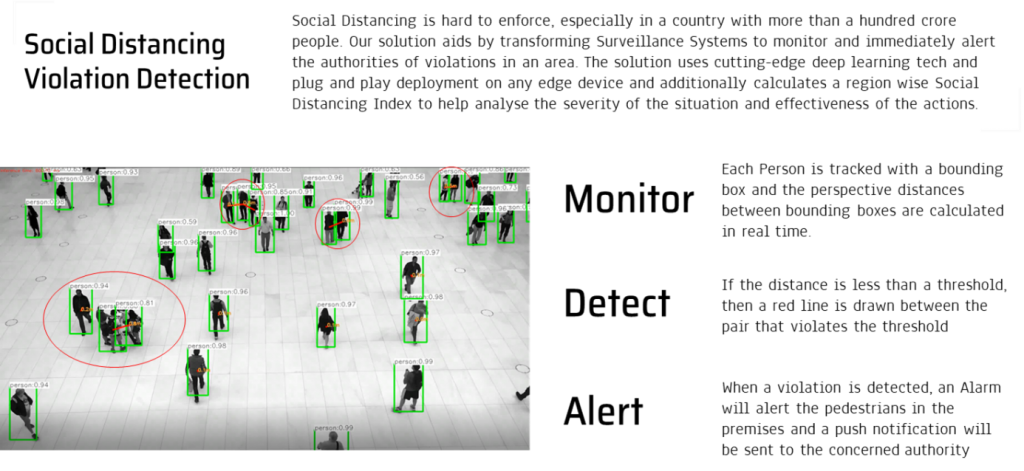
2. Face Mask Detection :
The next important norm is wearing protective Masks, which are primarily one of the most effective ways and easy ways of protecting ourselves from any aerosol-based medium of viral infection. However, Masks come in various types such as Surgical Masks, N95 masks, Fashionable masks, and even a piece of cloth that is customized as a Mask. Given the size of coronavirus, N95 and Surgical masks provide a certain degree of protection while your cloth masks are as good as not having a mask at all and doesn’t assure protection. But enforcing people to wear the right type of mask is a challenge. Consider, deploying perception-based deep learning algorithms on surveillance drones and CCTVs, to monitor each and every face and alerts the relevant authorities of any violation, Even, deployed as a kiosk in Public or private workspaces to bar entry for violators.
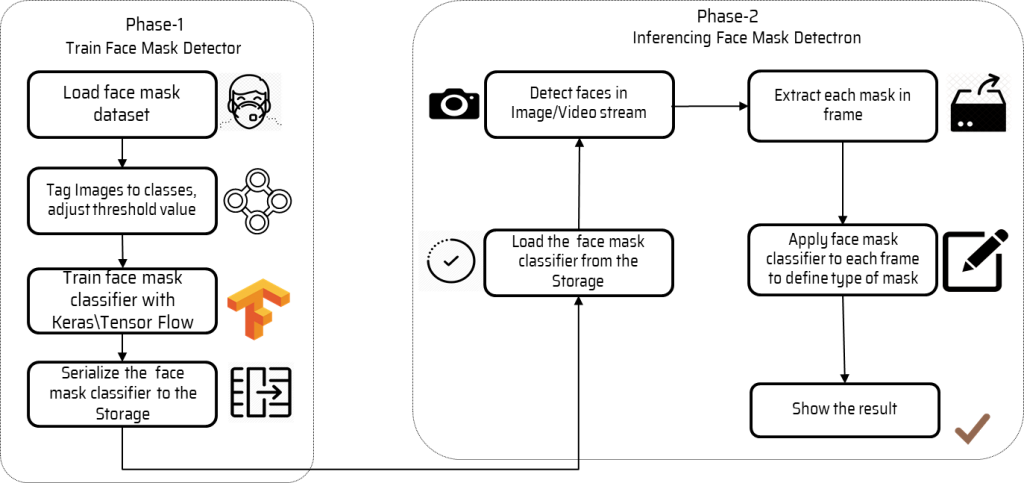
3. Handwash Monitoring System:
Yet another important norm is this dystopian world is our hygiene. One of the alarming reasons for such spread of the virus is the resilience of the virus in the external environment. Contact with fomites is also another major medium of viral infections. We tend to get contaminated in contact with fomites and touch our faces unknowingly and become infected. Hence, WHO recommends washing hands in soaps and alcohol-based reagents in a seven-step process to fully sanitize our hands after buying groceries, handling food, etc. Yet we do not follow. Interestingly, if incentivized, the adoption rate would increase dramatically. Consider, deploying a perception based deep learning model in public washrooms that can monitor the hand wash protocol and incentivize the person for doing it right.

Conclusion
As seen from the above 3 solutions, we can leverage the technologies used for Autonomous Driving and adapt it to cross-functional areas such as Social Distancing Violation detection, Face mask Detection, and Hand Wash Monitoring. Today, AI is reliable, faster, and easy to build and deploy at scale. The system is an effective non-contact fully automated solution to provide safer environments in places such as airports, hospitals, police departments, schools, businesses, and any large public gathering location. Several organizations, private and public, are in the race to build the AI techs to be sooner than later. Governments are encouraging development through hackathons, incubations, and incentives. With concerted efforts in all fronts, be it medical, behavioral or social through technology, we can hope to see a COVID free world in a few months, but until that time, as the old saying go, “Prevention is better than cure”
About the Authors

Arun Prasad is a Product Manager in the Connected, Autonomous, Shared, and Electric (CASE) Strategic Initiative of the Manufacturing Business Group at Tata Consultancy Services. His focus areas at TCS are data annotation and data management services, which he drives through consulting, go-to-market offerings, product development, and thought leadership initiatives. He holds an MBA from IIM Calcutta and an undergraduate degree in mechanical engineering.

Asutosh Mishra is a Business Analyst in the Connected, Autonomous, Shared, and Electric (CASE) Strategic Initiative of the Manufacturing Business Group at Tata Consultancy Services. His focus areas include data annotation, labeling, verification, and validation for autonomous vehicles. He holds an MBA in operations and marketing from Xavier Institute of Management, Bhubaneswar, and an undergraduate degree in electronics and instrumentation from NIT, Rourkela.
Published in Telematics Wire


